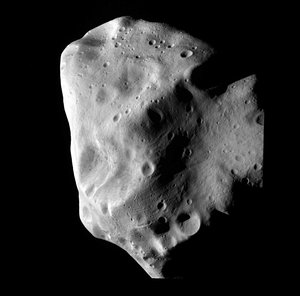Asteroid 2024 RW1 impact – ESA analysis
On 4 September at 16:39 UTC (18:39 CEST), a small asteroid entered Earth's atmosphere near the Philippines, exploding in a fireball witnessed by people in the region.
The object was discovered by the Catalina Sky Survey exactly 10 hours before impact, at 06:39 UTC (08:39 CEST). Within minutes of discovery, automatic asteroid warning systems such as ESA’s Meerkat and NASA’s Scout predicted a potential impact.

Astronomers around the world, including those from ESA’s Near-Earth Object Coordination Centre, began to track the asteroid, submitting new observations to the Minor Planet Center until the object entered Earth's shadow just 37 minutes before impact.
Thanks to their efforts, the time and location of the impact was predicted to within approximately 0.1 seconds and 100 meters.
The asteroid, which received the official name 2024 RW1 a few hours before impact, was between one and two meters in size.

It entered the atmosphere off the eastern coast of the Philippine’s northern island of Luzon, burning up in a fireball that was soon reported on social media. Any surviving meteorite fragments likely fell into the sea.
Asteroids of this size strike Earth’s atmosphere every couple of weeks. Due to their small size, they pose very little risk to people on Earth, but this also makes them difficult to detect in advance. However, as our observational capabilities improve, they are being discovered with increasing frequency.

2024 RW1 was the ninth asteroid discovered and tracked before impact.
Of these nine objects, 2024 RW1 has set a new record for the highest velocity impact, striking Earth’s atmosphere at 20.6 km/s. This high velocity is attributed to its unusually 'stretched' orbit, which had a high orbital eccentricity of 0.7.
Find out more about the field of planetary defence, and sign up to ESA's monthly asteroid newsletter for updates on significant events.














